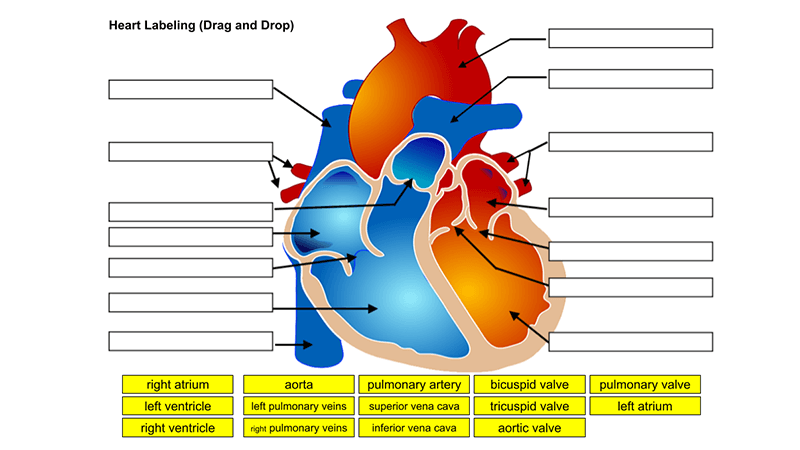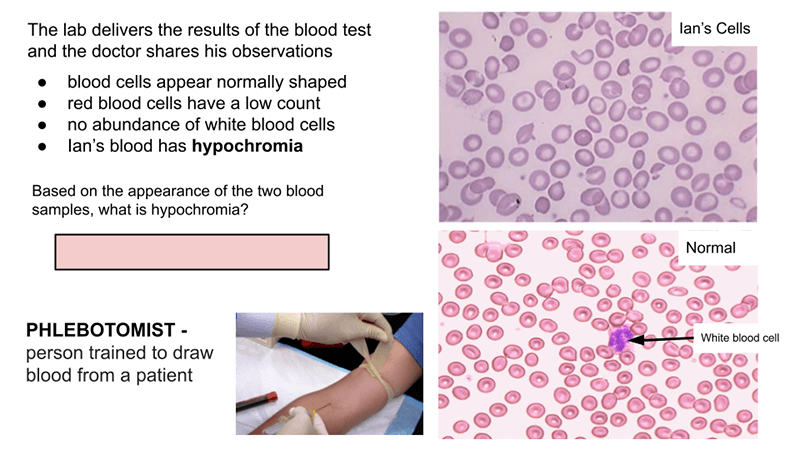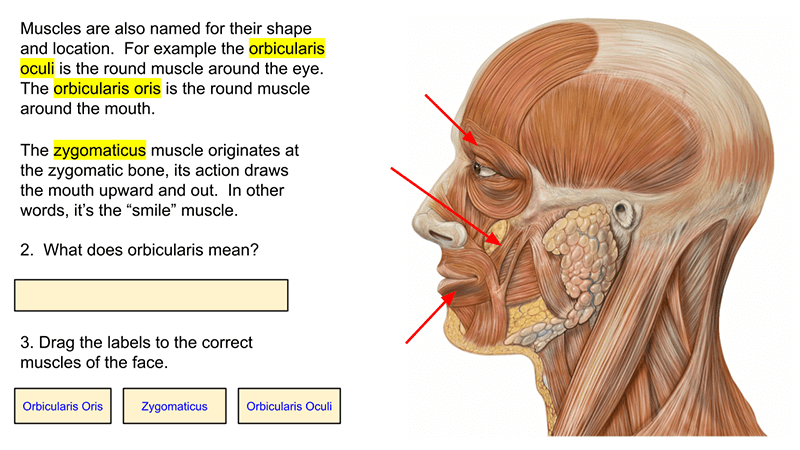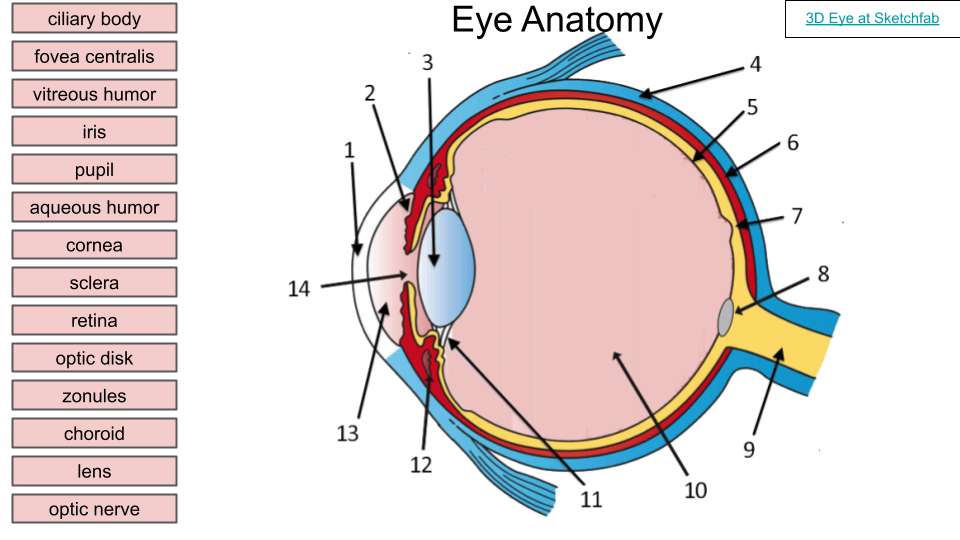Category: Worksheets
-
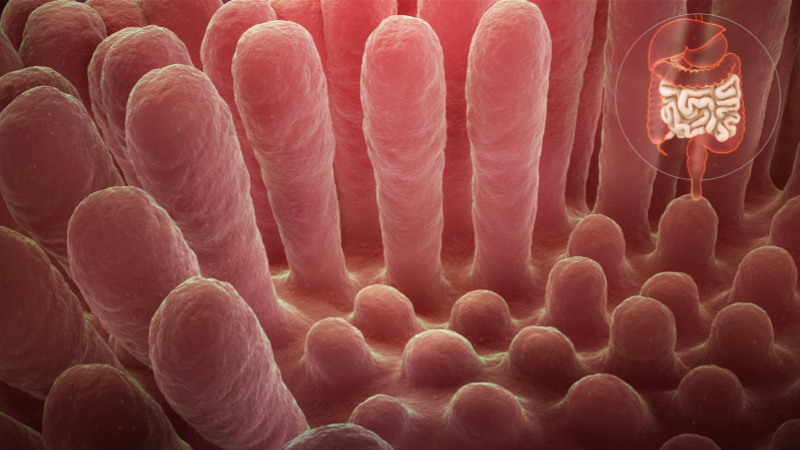
Case Study – Celiac Disease and Digestion
Case study explores the role of villi in the digestive system as student learn how gluten triggers the immune system in people with celiac disease.
-
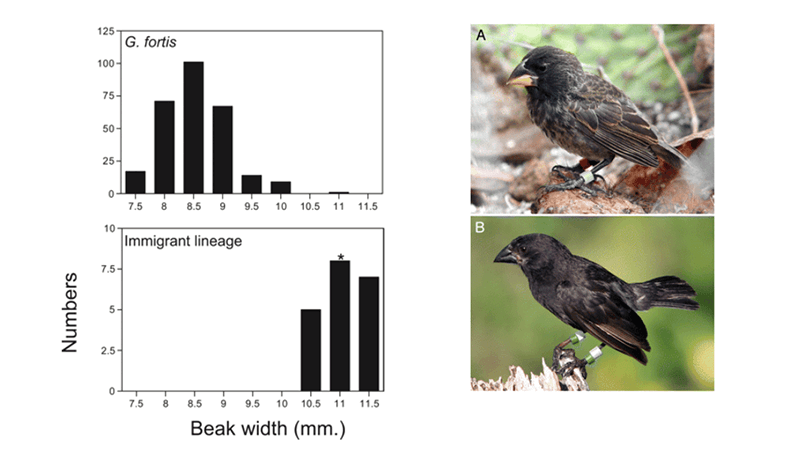
Speciation on Daphne Major – Big Birds Get No Love
The beaks of finches on the island changed in size after a catastrophic draught. Students analyze graphs and explore how natural selection affects populations.
-
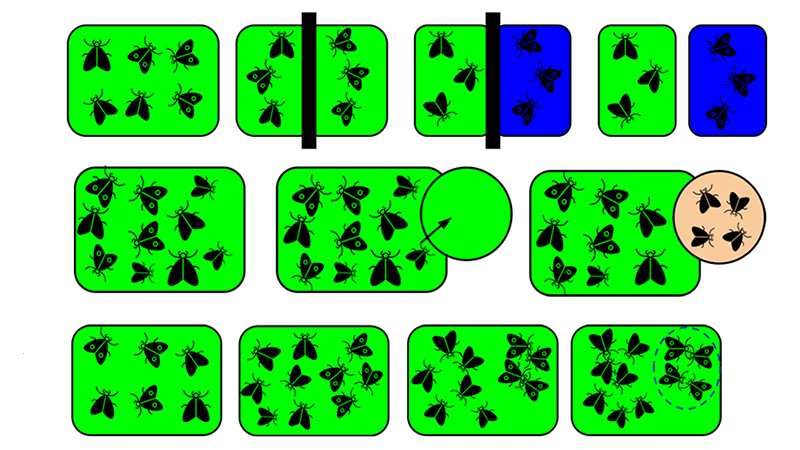
Speciation Modes – Reinforcement
Students distinguish between allopatric and sympatric speciation and then identify what types of isolating mechanisms are described in scenarios.
-
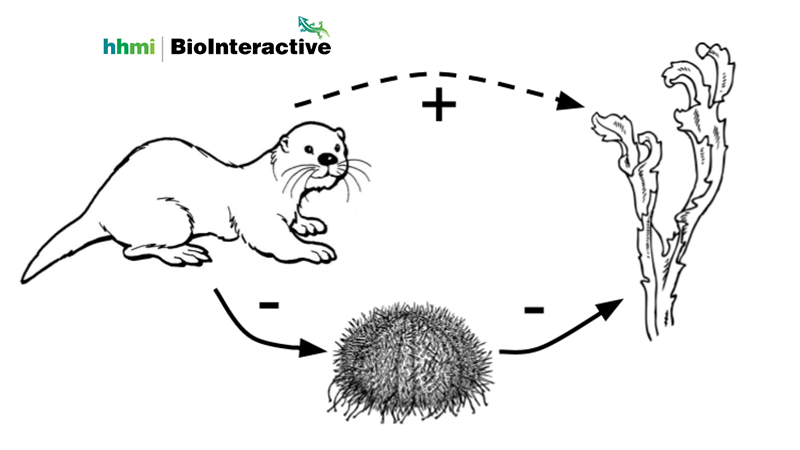
Trophic Cascades at Biointeractive
This worksheet is designed for the Interactive Activity on Trophic Cascades at HHMI Biointeractive . Students learn how the loss or addition of a species, like a fox, can affect other organisms in the system. Students complete the worksheet by answering questions as they explore the interactive activity. The activity illustrates a trophic cascade in…
-
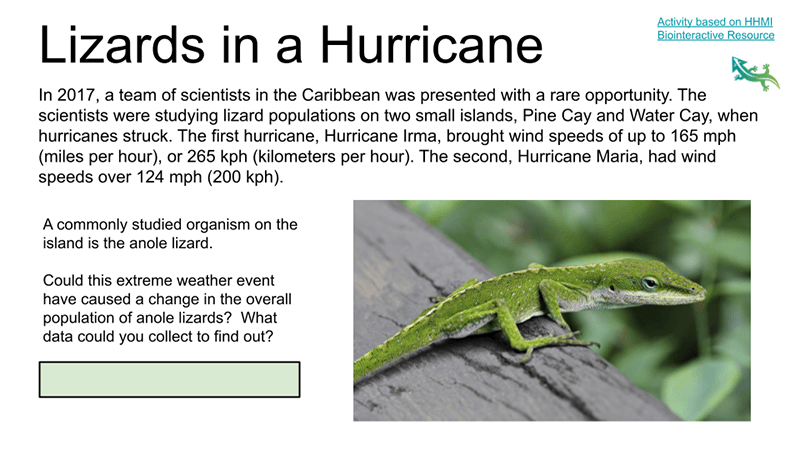
Data Analysis – Lizards in a Hurricane
Students examine images showing how lizards hang on to a branch during high winds. Data shows that some anoles have larger toe pads
-
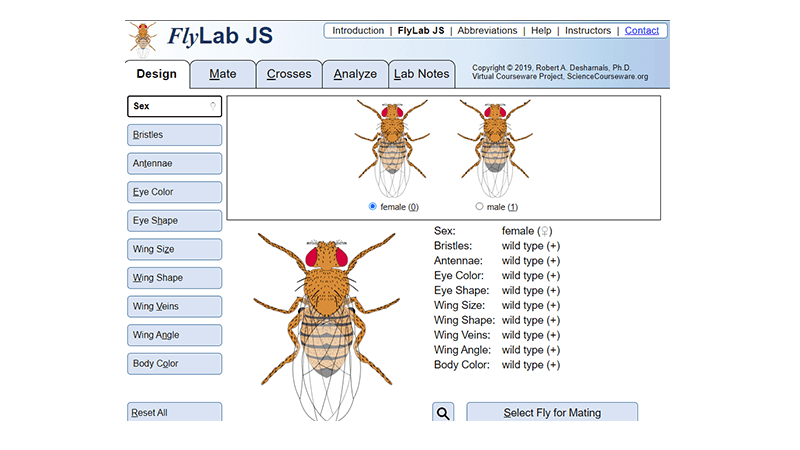
Virtual FlyLab (New!)
Virtual fruit fly genetics lab where students can explore phenotypes and genotypes of flies, design experiments, and perform chi square analysis
-
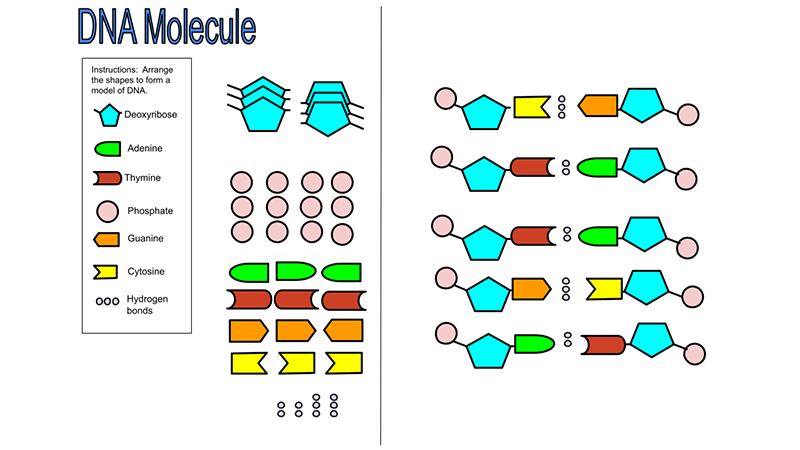
DNA Model – Cut and Paste Nucleotides
This digital modeling activity allows students to build a DNA model by dragging the individual parts into a completed diagram
-
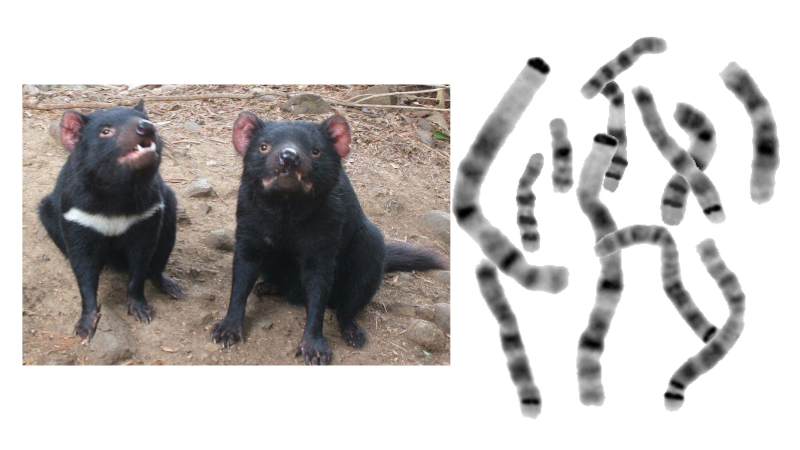
Tasmanian Devil Karyotype (Remote Version)
Examine a karyotype showing the chromosomes of a Tasmanian devil. Arrange chromosomes and determine diploid number.
-
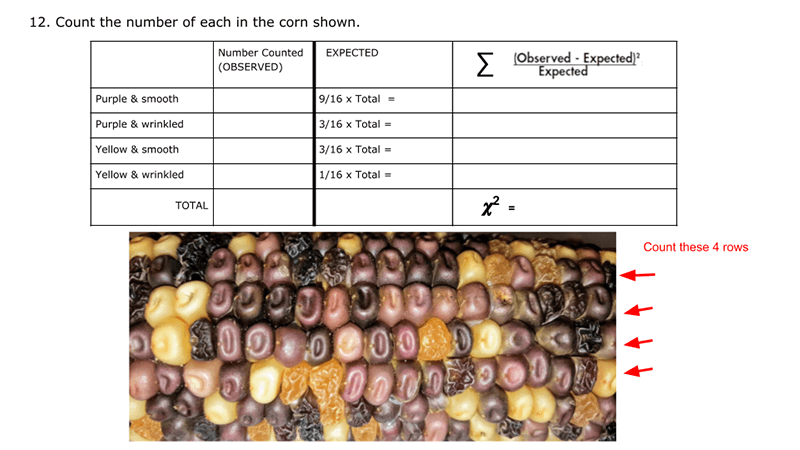
Corn Chi Square (remote)
This is the remote version of a classroom activity I do with corn ears. Students would count the kernels (smooth, wrinkled, purple, yellow) and determine if the ears of corn are the result of a dihybrid cross, RrPp x RrPp. This gives students the opportunity to apply statically analysis to data sets and determine if…
-
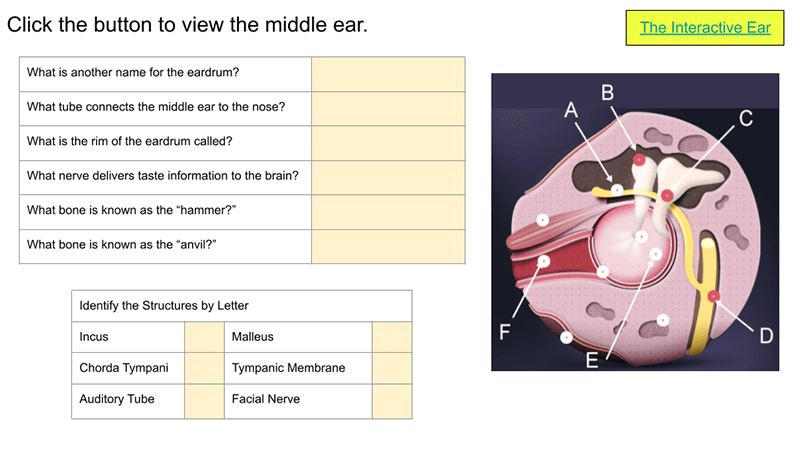
Learn the Anatomy of the Ear
In this activity, students learn about the ear by exploring google slides and going to an interactive site that explores how the ear works. Students use a simulation called “The Interactive Ear” which guides them though the outer, middle, and inner ear while explaining what each structure does. Students click through the virtual ear to…
-
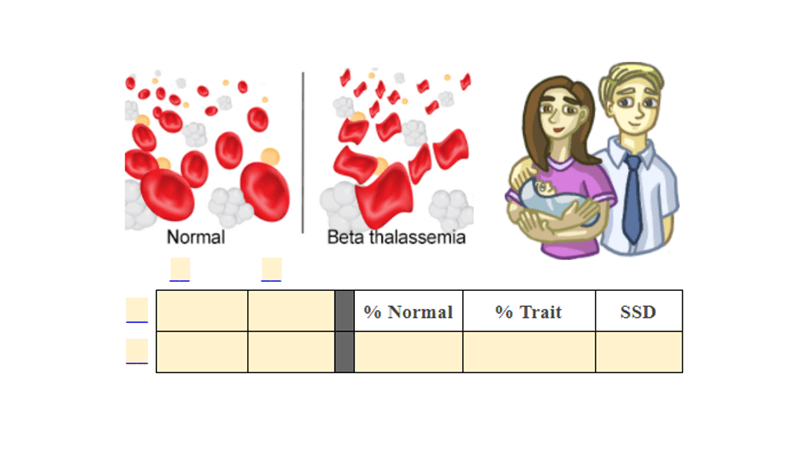
Genetics of Blood Disorders – Hemophilia and Sickle Cell
I created this worksheet for anatomy students to practice using Punnett squares and comparing different types of mutations that affect the blood. Ideally, students will have already learned about genetics of blood types. Because I use this worksheet in my anatomy class, I don’t spend a lot of time teaching genetics. However, students do need…


